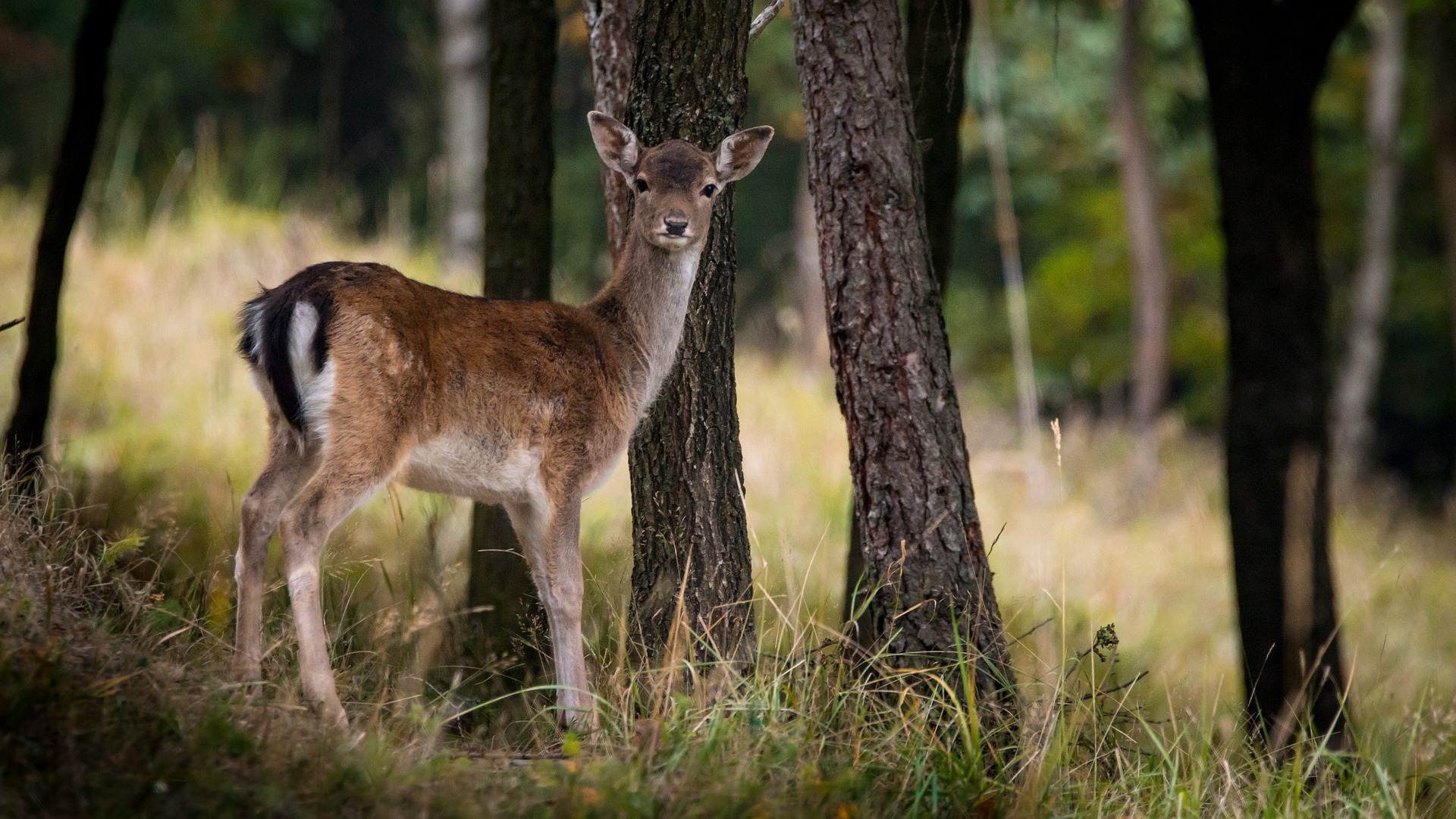Defending your farm or yard against deer can be a real headache. There is nothing more frustrating then spending your time nurturing your seedlings or saplings to find them nibbled down to the ground. Face it, deer aren’t stupid, they know what tastes good and will keep coming back for more. The following is a list of ways that I have found, through practice or research, to deter deer. Many of these techniques can and should be used in tandem for best results:
1. Block all deer trails. Use pieces of brush, especially thorny branches from locust trees or roses. Don’t just put a couple of branches, put up a bunch. The thicker the better. This will make them re-route and give you time to work on some of the other deterrents.
2. Cage your plants or trees. Saplings can be caged for 3-4 years until they are tall enough that they won’t get munched down. You can make dome type cages for plants that start off short like blueberries (a deer favorite). Netting around plants is also very effective. Use bird netting to cage your plants, the deer won’t be bothered with trying to get through it.
3. Put up a fence. Deer can jump high so if you go the fence route, make sure that it is at least 8 ft tall. A two strand electric fence can also work well. If you go electric, consider using poly tape or poly wire that is reflective. Some people like to attract the deer to the electric fence by tying fabric to the fence with peanut butter on it. The deer licks the peanut butter and gets a shock. However, most people find it better to use a deterrent, such as urine, on the fabric instead of an attractant. Using the fence with urine deterrent sends the deer a clear message to stay away.
4. Get a patrol dog. Dogs are excellent security guards as well as deer chasers. Train your dog to have a route that they patrol. Those deer paths will quickly become dog paths. Most territorial/loyal/protective dogs can do this well, and may not even need to be trained.
5. Spray deterrents. There are lots of commercial types of foliar deterrent sprays that you can buy or you can make your own. For a informative list of the active ingredients in most of these commercial sprays, and results of a field trial comparison of their effectiveness click here. Many have garlic or hot pepper in them that the deer don’t like to eat, some use putrid smells, and some use fear inducing smells. The putrid smells can also be putrid to humans though, so you may not want to spray this on your roses. Also, all sprays generally have to be reapplied after rains and only last for 12 weeks at best.
6. Collect your urine and spray it around your boundaries. Perhaps too far out for some, but it’s a free option. If you are a man, you can just pee outside around the areas where the deer pressure is the greatest. If you are a women you can pee in a bucket and then use a watering can to distribute your personal pee deterrent.
7. Collect hair from pets or people. If the pee idea is too much for you, consider another way to add a human or animal smell about-hair. Collect your own or ask a barber, salon, or groomers if you can have some. Put the hair in nylons, cheese cloth, or suet feeders and hang it around your perimeter or here and there.
8. Gadgets. Blinking eyes, solar powered beeping, bells, whistles, motion spritzers, wind chimes, clanging pie pans, strobe lights….Many of these can be made at home, others are pricey. The motion detecting sprinklers, have gotten good reviews. Maybe instead of water you could fill the little tank with urine, or a pungent liquid and get a double good effect. Some of these ideas can be annoying to neighbors, so make sure you consider that when using strobe lights or loud sounds.
9. Deterrent planting. There are certain plants that deer don’t like (for example, pungent herbs such as mint and lavender). So if you plant these alongside the ones they do like, it can create a natural deterrent. You can also plant a hedge or fence of deterrents, such as yucca, or thorny berries. For a list of plants that deer won’t eat, by state, click here.
10. Shoot them. Make sure you have a hunting permit, it’s in season, and you don’t live in an urban area. AND if you shoot it, eat it, or give it to someone who will. Many states have Hunters for the Hungry programs that allow hunters to donate deer to processors that give the meat to people in need.
For other ideas for your farm or garden, plus a list of local food producers in your area, check outPick-A-Pepper.com!
Photo Credit
Similar Stories:
- 5 Recipes for Non-Chemical Insecticides
- Near-Painless Ways to Multiply Your Facebook “likes”
- Here’s Why You Should Start Using Eggshells In Your Garden
- Getting Started Beekeeping with Package Bees
- How to kill Poison Ivy without using Roundup




